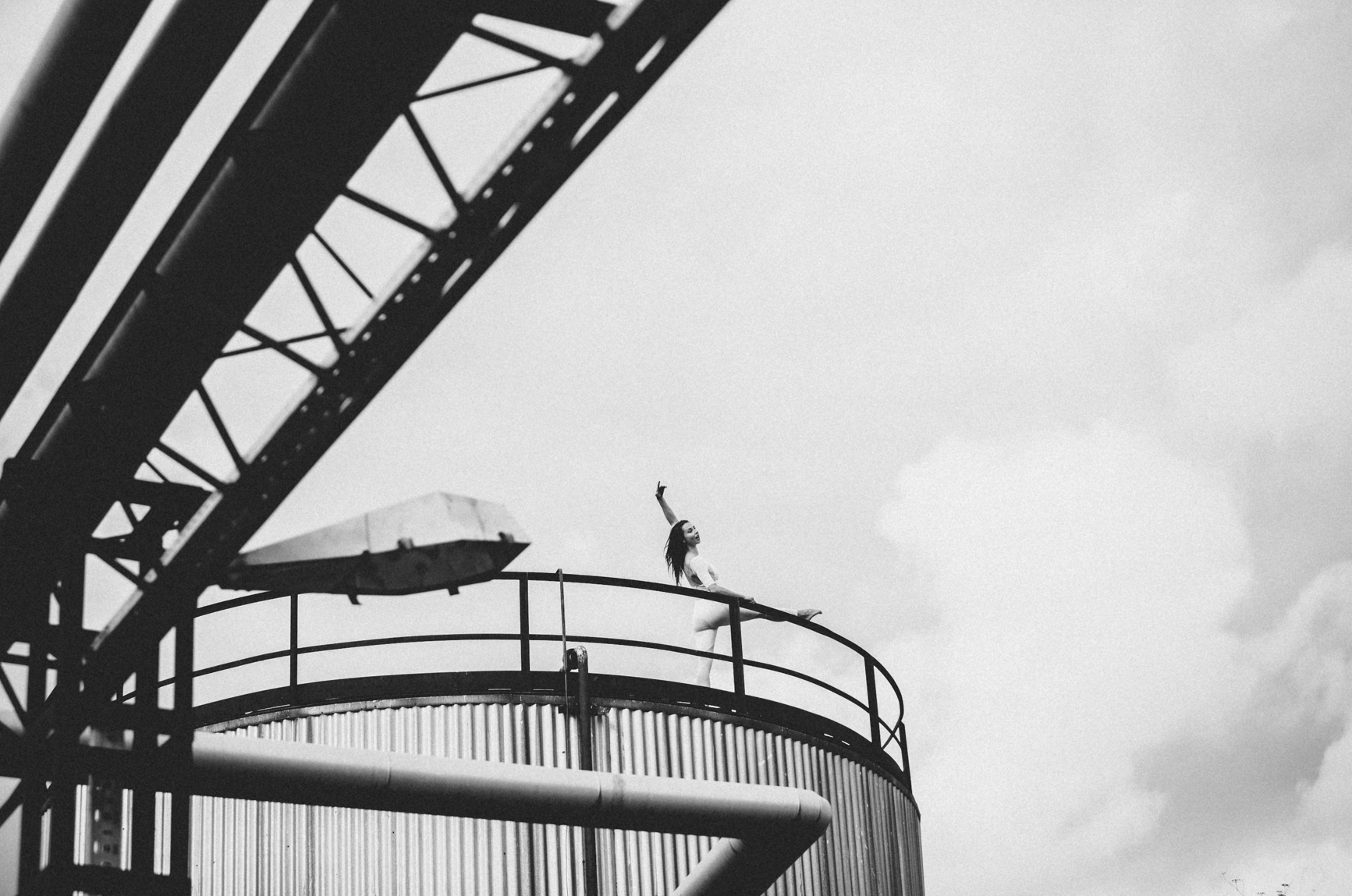Are blueprints, cutouts and fancy, clean images of landscapes and architecture still a relevant method of analysing and presenting space?
The process of globalisation has visibly altered the space in which we move today. It enables us to simply and quickly travel to any part of the world. If we follow Walter Benjamin’s assertion that a society’s characteristics are reflected in the media, which represents our perception,1 then the moving picture itself is the modern reference of the space closest to urban dwellers.
Every day we take in a complex set of parameters by moving. They determine our vision and set up a framework for our behaviour. The world today offers us the possibility to experience landscape, both urban or natural, at different times and with different speeds. Be it through the window of a car or plane, through a camera on our phone or through our ever quicker pace as we trudge through cities.
Christophe Girot calls this phenomenon impacting the relationship between people and perceived reality, “movism”.2 Through movement we perceive and experience a broad range of parameters that are representative of our life, as well as of acoustic, tactile, visible and kinetic characteristics of the landscape.
Due to the exaggerated movement through space, our perceptions have become relative, because space can function extremely pleasantly at some speeds, and extremely disturbingly at others. Girot establishes the viewpoint that movism changed the relationship between the individual and space, and accordingly is of the opinion that movism must be integrated into every design process.3
It is equally important to emphasise, that our mind adapts to the daily changes rather easily, whereas our body needs a while. So, take time and let your body experience textures that may caress or rub you; fragrances that can awaken your long-forgotten memories; sounds that envelop you in harmony, rhythm and melody, light that guides, surprises and conceals.
Find out more in The Urban Yoga Book. All proceeds from the books are used for further research and for the production costs of the project. In such way The Urban Yoga can remain entirely independent and transparent continuing to grow.

1 Walter Benjamin, “The Work of Art in the Age of Mechanical Reproduction”, Illuminations, Hannah Arendt, ed (New York: Schocken Books, 1969), 217-252.
2 Christophe Girot, Cadrages I. (Zürich: gta Verlag, 2002), 48.
50 Ibid, p 48.